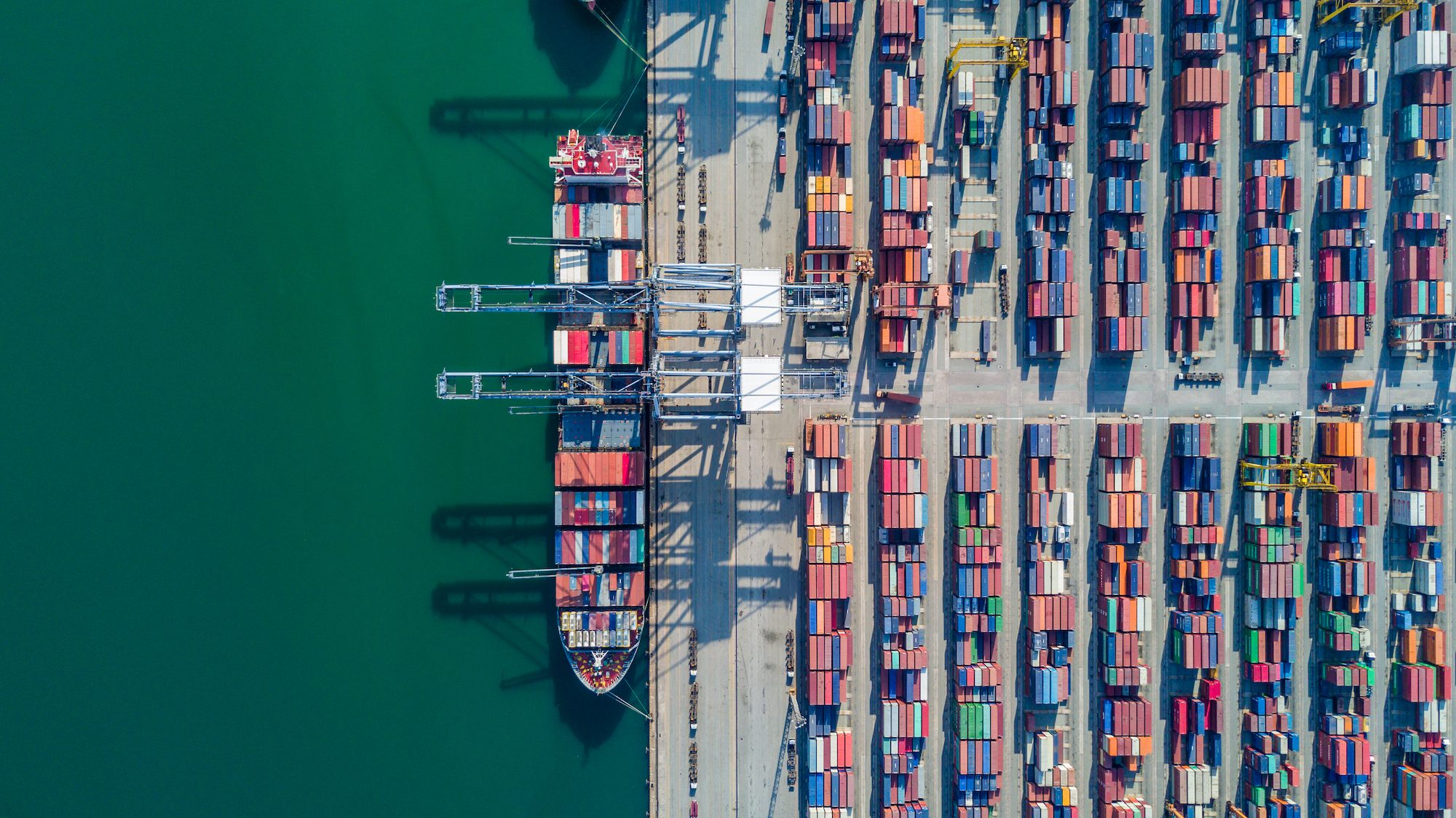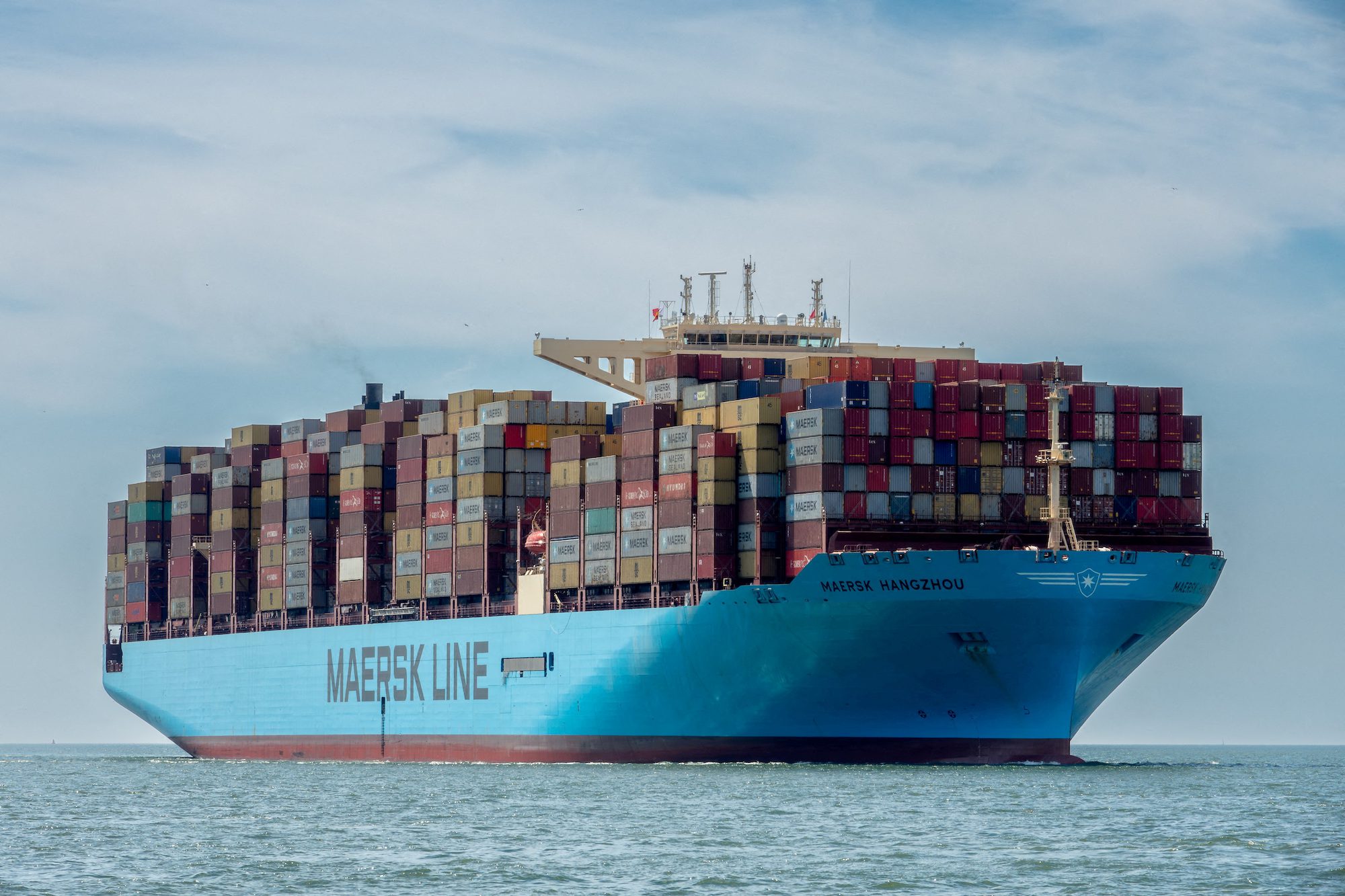U.S. container imports surged to their second-highest level on record in July 2025, reaching 2,621,910 TEUs—just 555 containers shy of the all-time high set in May 2022, according to Canada-based shipping logistics Descartes Systems Group. The 18.2% month-over-month increase signals a dramatic shift in global shipping patterns as importers race against impending trade policy changes.
According to Descartes’ August Global Shipping Report released Monday, July’s import volumes were 2.6% higher than the same period last year. The surge appears largely driven by importers frontloading shipments ahead of significant trade policy deadlines.
China’s role in this surge is particularly notable, with imports from the country jumping 44.4% from June to reach 923,075 TEUs. This sharp increase raised China’s share of total U.S. imports to 35.2%, up from 28.8% in June.
“Following two months of uneven performance, July’s surge in container imports underscores the impact of U.S. tariff policies, not just seasonal demand cycles, on container volumes,” said Jackson Wood, Director of Industry Strategy at Descartes.
Port utilization patterns are also shifting. West Coast ports maintained their lead for a second consecutive month with 45.8% market share. Particularly notable was Houston’s performance, which posted a remarkable 122% increase in China-origin volumes.
While Descartes’ data paints a picture of surging volumes, some industry experts, including John McCown of the John McCown Container Report, have raised concerns about Descartes’ reporting methodology. McCown has cited a 4.3% standard deviation between their estimates and official port counts during the latter half of 2024.
The shipping surge comes as importers prepare for several critical trade policy deadlines, including the August 29 repeal of the de minimis exemption, the October 15 expiration of the U.S.-China tariff truce, and recently implemented reciprocal tariffs affecting more than 60 countries. These policy changes are playing out against ongoing disruptions in the Red Sea and heightened geopolitical tensions.
Other Asian origins also posted significant growth, with Hong Kong imports up 47.8%, South Korea up 16.8%, India up 13.6%, and Thailand up 13.1%. Among top-ten origin countries, only Germany registered a decline, with volumes dropping 0.6%.
Industry analysts note that July’s volumes, while impressive in historical context, also represent a 19.3% increase compared to pre-pandemic July 2019 levels, indicating a substantial reshaping of global trade flows in the post-pandemic era.

 Join The Club
Join The Club











